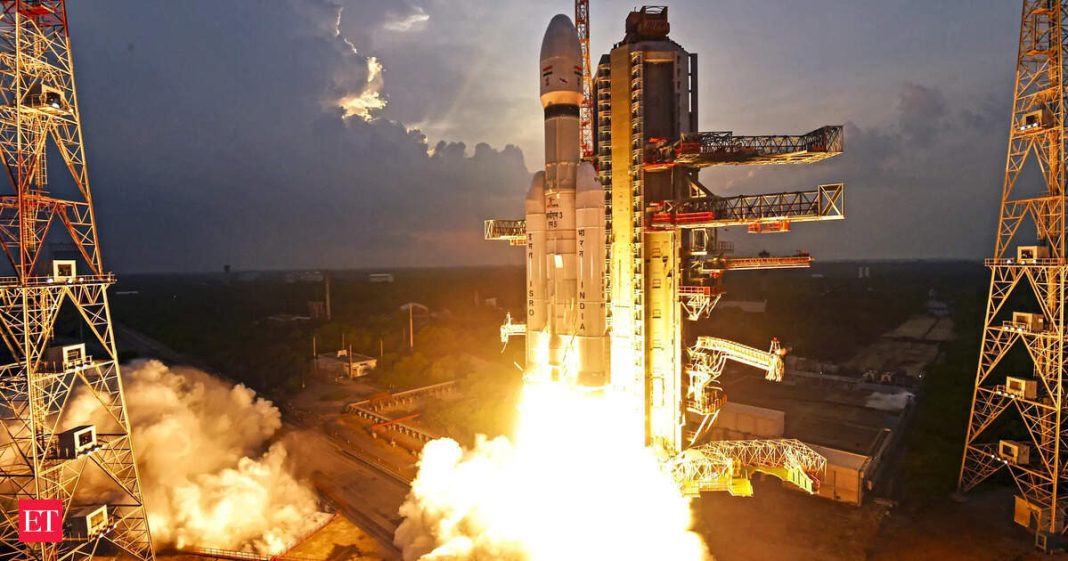ISRO Achieves Breakthrough in Cryogenic Stage Reignition
ISRO scientists have successfully conducted a vital experiment by reigniting the thrust chamber of the indigenously developed C25 cryogenic stage after placing the CMS-03 communication satellite into orbit. This breakthrough achievement opens new possibilities for future multi-satellite missions.
Key Experiment Details
Addressing from the Mission Control Centre, ISRO Chairman V Narayanan announced: “The indigenously developed C25 cryogenic stage for the first time, after successfully injecting into the orbit, we have successfully reignited the thrust chamber.”
The experiment was performed on the LVM3-M5 rocket’s cryogenic stage after the 4,410 kg CMS-03 satellite – the heaviest communication satellite launched from Indian soil – was successfully placed into its intended orbit.
Future Mission Implications
Narayanan explained the significance: “This is going to be a great experiment which would feed data for restarting the cryogenic stage for the future to enhance the mission flexibility towards injecting multiple satellites into various orbits using the Bahubali rocket LVM3.”
The reignition capability means ISRO can now deploy multiple satellites into different orbits during single missions, significantly enhancing mission efficiency and flexibility.
Mission Success and Team Recognition
Mission Director T Victor Joseph celebrated the achievement: “Congratulations to each one of us. For the 8th successive successful mission of LVM3. And this time the vehicle has lifted the heaviest communication satellite from the Indian soil.”
He expressed special appreciation to team members for “meticulously examining every system in this flawless mission” and thanked development agencies, ground centers, industry partners, and quality assurance groups.
Delayed Celebration Explained
The scientists’ delayed celebration after mission success initially raised questions. Narayanan later clarified they were waiting to perform the vital experiment after satellite separation.
“We were waiting patiently for the satellite CMS-05 to get separated. After it got separated, we performed the experiment in the cryogenic stage,” the Chairman explained during the press briefing.




